Disclosure: This post may contain affiliate links, meaning I get a commission if you decide to make a purchase through my links at no cost to you. I am a REALTOR® licensed in the state of Utah, License No. 11785411-SA00 and affiliated with Presidio Real Estate (South Jordan).
Visiting Bryce Canyon National Park
Perched high on the Paunsaugunt Plateau in Southern Utah, Bryce Canyon National Park is unlike any other national park in the United States. Known for its dramatic amphitheaters of red rock hoodoos, forested plateaus, and sweeping vistas, Bryce offers an unforgettable blend of geology, hiking, stargazing, and family-friendly adventure.
“To walk among the hoodoos is to wander through the ruins of a giant’s cathedral.”
— Edward Abbey
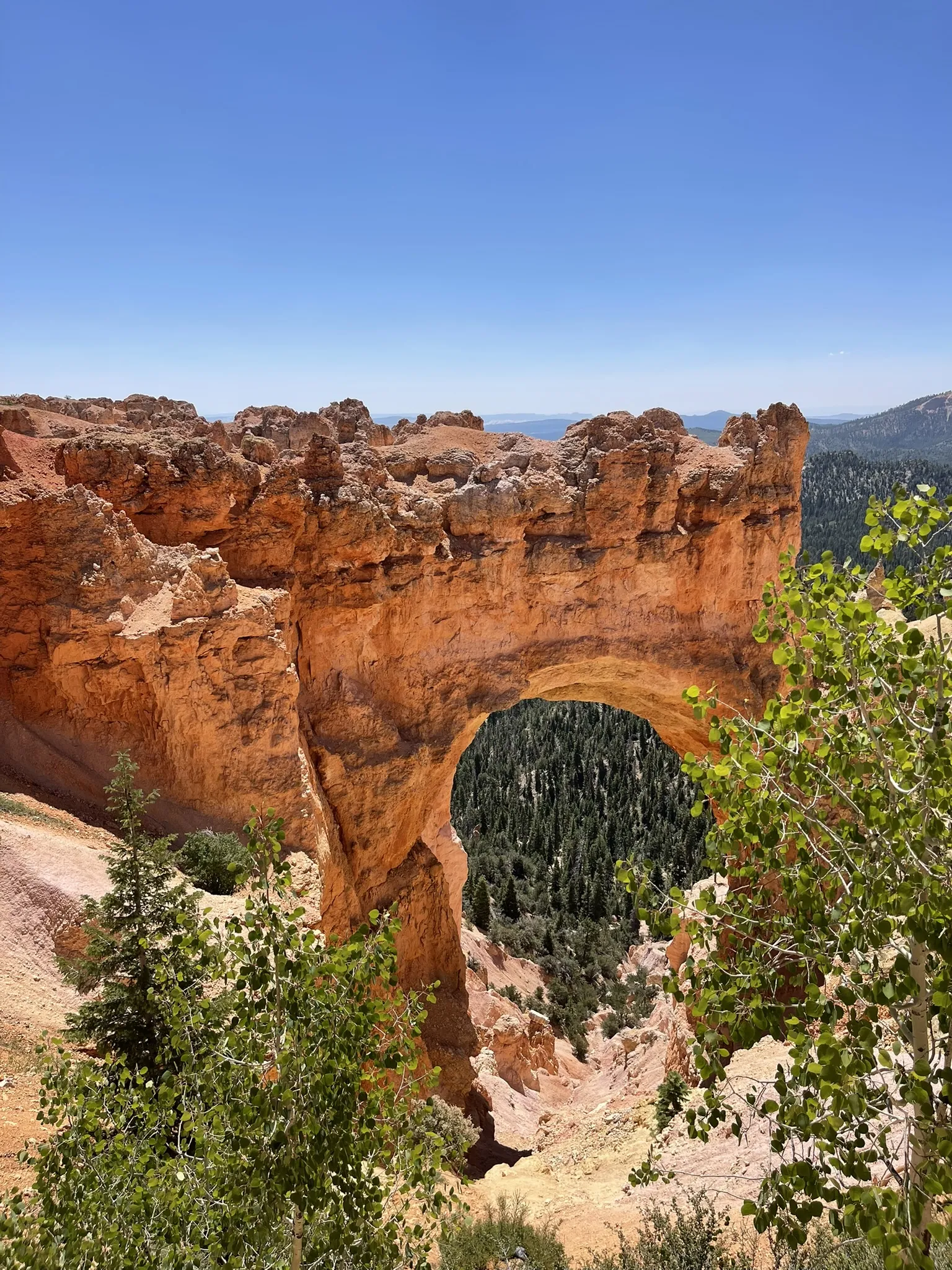
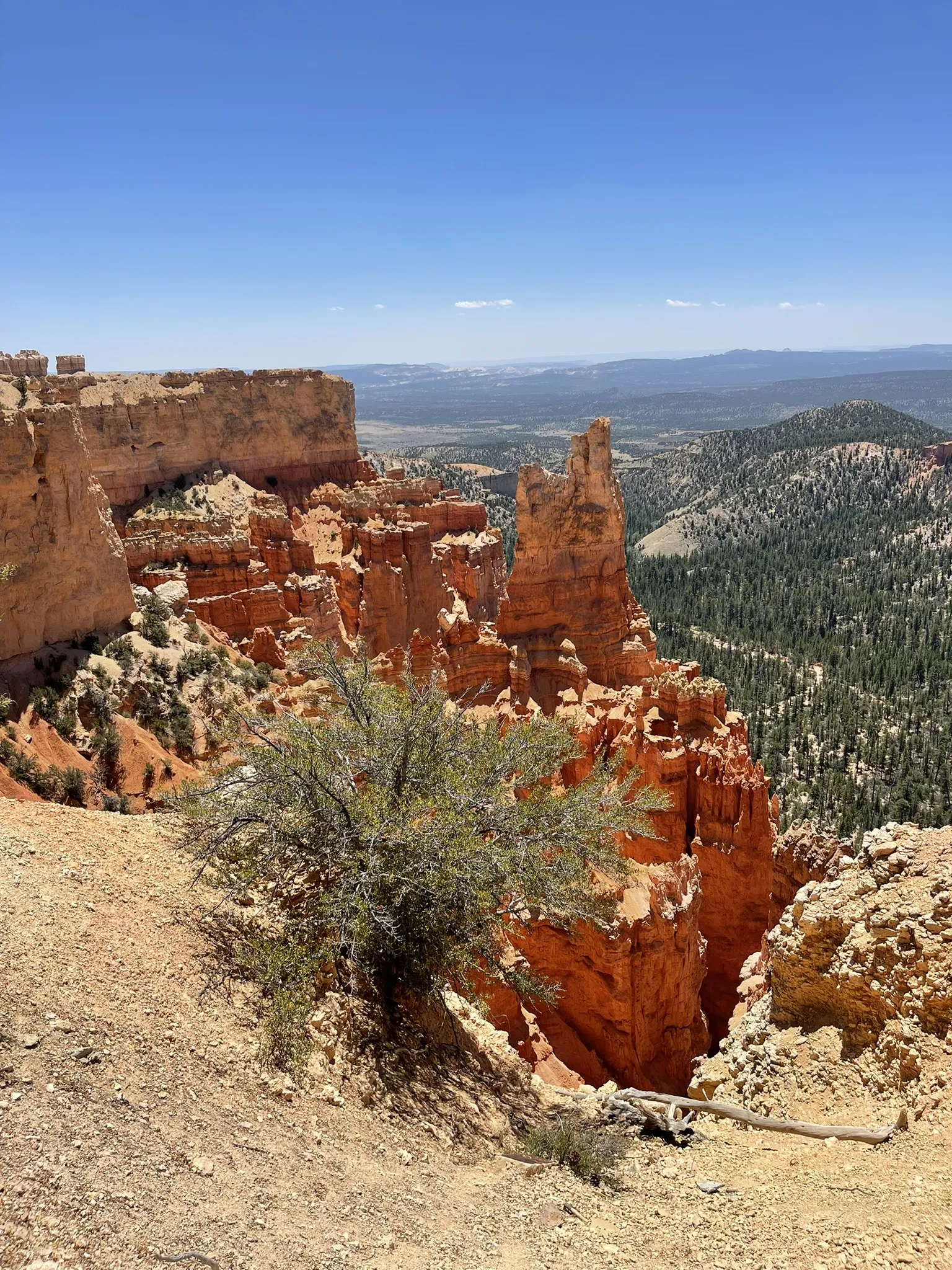
Whether you’re road-tripping the Southwest, looking for your next camping getaway, or planning a national park itinerary with kids in tow, Bryce Canyon National Park belongs on your bucket list.
Here’s everything you need to know to plan a rich and rewarding trip to Bryce Canyon National Park, including hiking tips, family programs, lodging (yes, we’ll talk about Ruby’s Inn), geology highlights, nearby attractions, and dining.
Explore Utah
“In Bryce Canyon, silence echoes louder than sound. You don’t just see the landscape—you feel it.”
— Jonathan Jarvis, Former Director of the National Park Service
What Makes Bryce Canyon So Special?
Although it’s called a “canyon,” Bryce is actually a series of natural amphitheaters carved by frost-wedging and erosion, not a true canyon carved by a river. The park is famous for its hoodoos: tall, thin spires of rock that rise from the basin like ancient statues. These formations have been shaped over millions of years by wind, water, and ice.
Bryce is also part of the broader Grand Staircase, a geologic formation that stretches from the North Rim of the Grand Canyon all the way to the cliffs of Bryce. Picture a massive staircase with color-coded “steps”: pink, white, gray, and red rock layers, each one representing a different chapter in Earth’s history. Bryce Canyon, with its Pink Cliffs, sits at the top of this sequence, making it one of the highest-elevation parks in the area (8,000–9,000 feet).
Family Fun: The Junior Ranger Program
If you’re visiting with kids or grandkids, the Junior Ranger Program is a must. Pick up a booklet at the visitor center and complete activities during your visit—like identifying hoodoos, spotting wildlife, or attending a ranger talk. Once the activities are completed, kids can earn a Junior Ranger badge and take the official oath to protect and preserve the park.
It’s not just a souvenir—it’s a great tool for engagement and learning, especially for elementary-aged kids who love exploring.
Best Hikes in Bryce Canyon National Park
Bryce Canyon offers a range of hikes suitable for all ages and fitness levels, from easy rim walks to challenging descents among the hoodoos.
Mossy Cave Trail (0.8 mi round trip): Located outside the main park entrance near Tropic, this easy hike offers a short trek to a moss-lined grotto and waterfall.
Rim Trail (Sunrise to Sunset) (1 mi one way): Flat, paved, and offers amazing overlooks of the Bryce Amphitheater.
Moderate to Challenging
Navajo Loop + Queen’s Garden (3 mi loop): The park’s signature hike. Descend through Wall Street’s narrow slot, walk among hoodoos, and emerge through the gentle Queen’s Garden Trail.
Peekaboo Loop (5.5 mi): A longer loop with steeper climbs, offering breathtaking views and fewer crowds.
Fairyland Loop (8 mi): A strenuous but rewarding trek through stunning formations with fewer hikers.
Stargazing & Seasonal Tips
Bryce Canyon is a certified International Dark Sky Park, meaning you’ll get unbeatable views of the night sky. Attend one of the free ranger-led astronomy programs if you’re visiting in the summer.
Best Times to Visit:
Spring & Fall: Fewer crowds, cooler temps, and gorgeous colors.
Summer: High season, busy but beautiful.
Winter: Hoodoos dusted in snow—absolutely magical if you’re willing to brave the cold!
Camping, Lodging & Hotels
Inside the Park
North Campground: First-come, first-served. Great location near the visitor center and Rim Trail.
Sunset Campground: Seasonal and reservable. Wooded and a bit more private.
The Lodge at Bryce Canyon: The only lodge inside the park. Historic and rustic, with direct trail access to the rim.
Ruby’s Inn (Bryce Canyon City)
Just outside the park entrance, Ruby’s Inn is the most well-known lodging option in the area. It’s large, convenient, and family-friendly, with an indoor pool, general store, and on-site activities. The buffet food is adequate but not highly rated, and the hotel can get crowded in peak season. Still, it’s walkable to shuttle stops and has everything in one place, which makes it a go-to for many travelers.
Campgrounds & Lodges Nearby
Bryce Canyon Pines: A quieter motel with a small restaurant nearby.
Kodachrome Basin State Park Campground: A beautiful alternative for campers, just 30 minutes from Bryce with stunning red rock spires and fewer crowds.
Where to Eat
Dining options are limited near the park, but there are a few solid picks:
Bryce Canyon Lodge Dining Room: Inside the park; reservation recommended.
Ruby’s Inn Cowboy’s Buffet & Steak Room: Large portions, buffet style, but not known for quality. Good in a pinch.
Pizza Place in Tropic (Pizza Place of Tropic): We really enjoyed this! Casual, family-friendly, and surprisingly good pizza. Tropic is just a 15-minute drive from the park and offers a small-town vibe and several affordable Airbnb options.
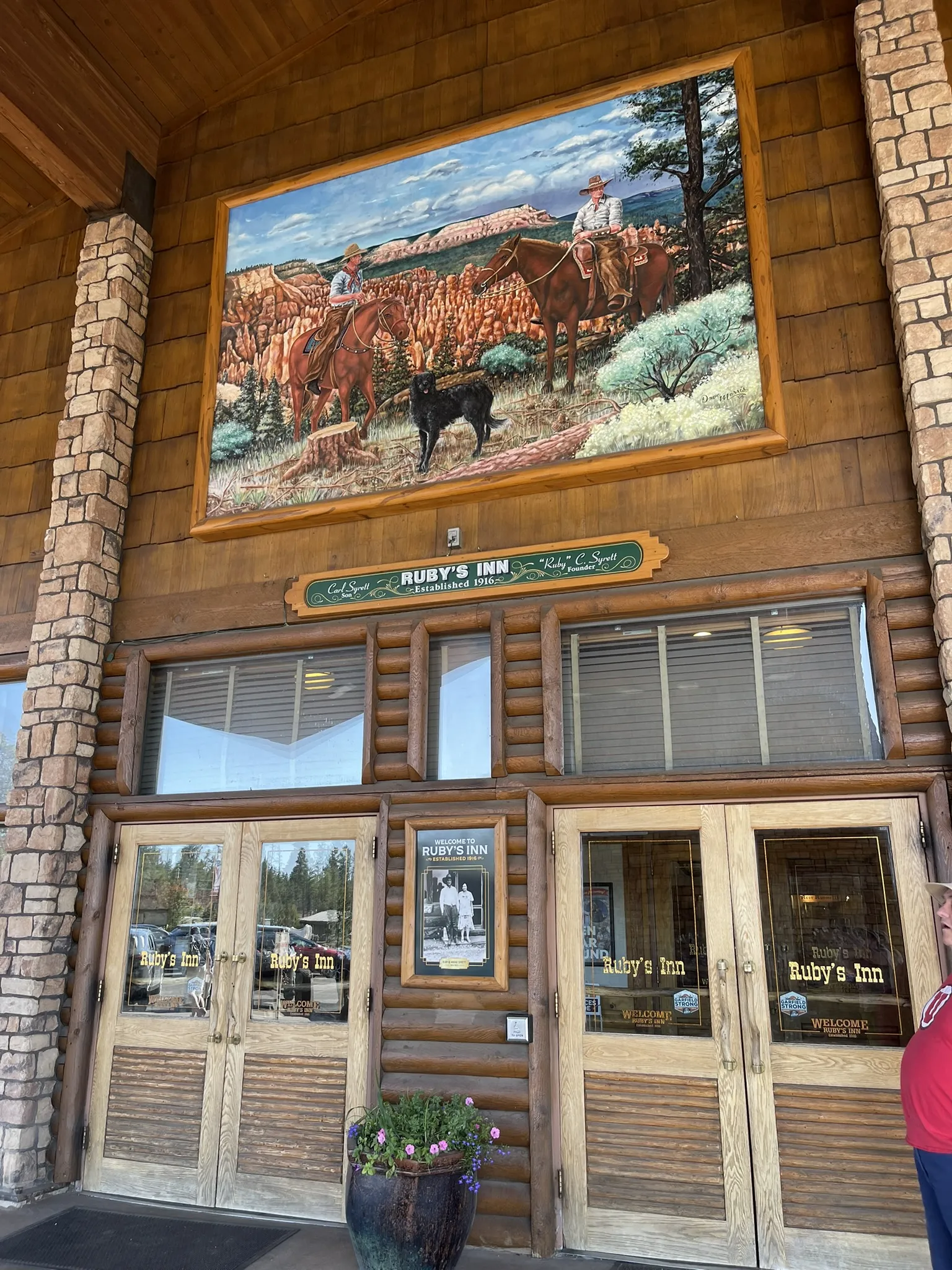
Nearby Recreation & Sights
Kodachrome Basin State Park
Just 23 miles from Bryce, this hidden gem offers dramatic red rock chimneys, peaceful hikes, and great camping. The geology here is distinct from Bryce’s hoodoos and includes towering sedimentary spires called sand pipes. Perfect for a half-day adventure or stargazing away from the crowds.
Read our review of Kodachrome Basin State Park.
Grand Staircase–Escalante National Monument
A vast wilderness stretching east of Bryce, this area offers slot canyons, hiking trails, and fossil-rich terrain. Check out:
Devil’s Garden (near Escalante)
Lower Calf Creek Falls: A lush desert hike to a stunning waterfall (6 mi round trip)
Hole-in-the-Rock Road: For adventurous travelers, this bumpy dirt road leads to some of Utah’s best slot canyons.
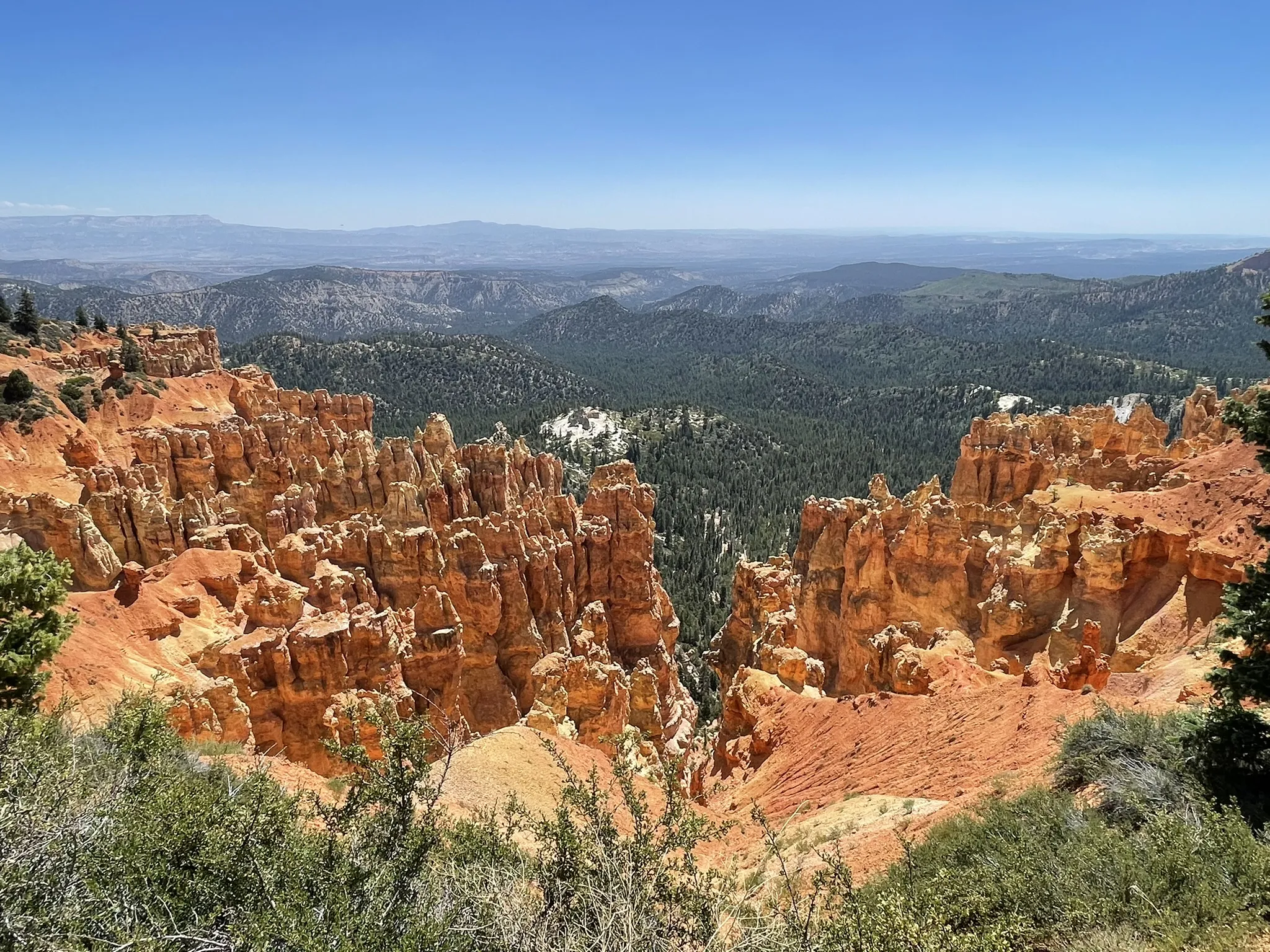
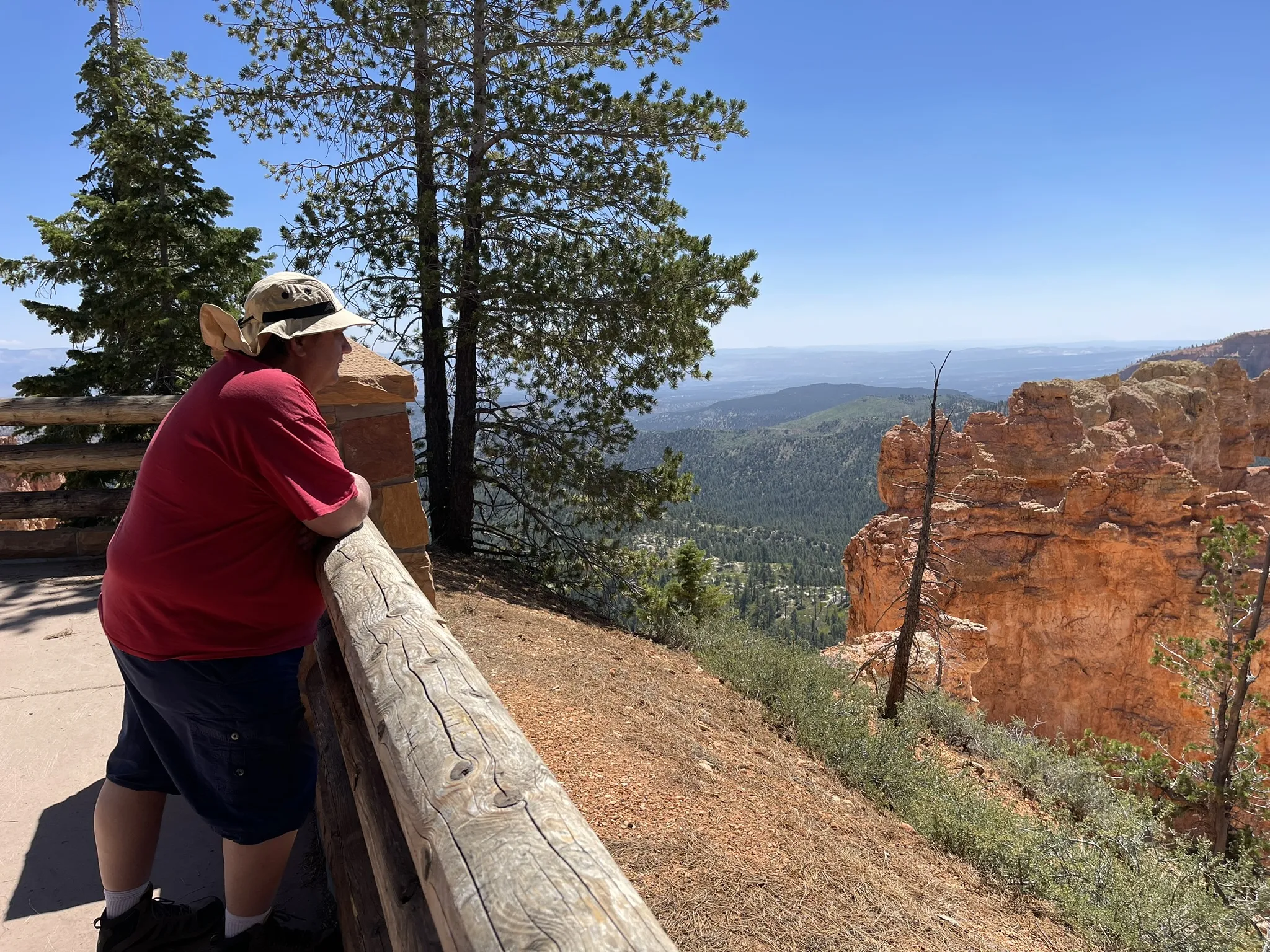
Final Thoughts
Why Bryce Canyon Is More Than Just a Pretty View
As a parent and now a grandparent, I’ve experienced the evolution of how we connect with nature, technology, and each other. Visiting Bryce Canyon gives us a rare chance to disconnect from screens and reconnect with each other. It’s a place where geology tells a story, where kids can earn their first Junior Ranger badge, and where memories are built the old-fashioned way—on dirt trails, over shared meals, and under star-filled skies.
Whether you’re traveling with young kids, teens, or just your hiking boots and camera, Bryce Canyon delivers more than just a view—it offers perspective. Don’t miss the opportunity to explore it fully, and take a day or two to wander the wild lands nearby in Kodachrome Basin and Grand Staircase–Escalante.
💬 Have you hiked among the hoodoos or eaten at that great pizza spot in Tropic? I’d love to hear your favorite Bryce memories—or answer any questions you have as you plan your own trip.


0 Comments